Impressive Tech, Making Industry
Impressive Tech, Making Industry

 James Kent CEO & Co-founder Black Rainbow
James Kent CEO & Co-founder Black Rainbow


 Dr.
Dr.


Leadership and learning are Indispensable to each other
Leadership Indispensable


ciolook.com
The Horizons of Magnificent Advancements
As technology is becoming more and more prevalent, it is
important to find great leaders in the field. New tech leaders often take inspiration from others whose styles and techniques they admire. They look at the successes of those who came before them and emulate approaches that make sense to them.
As they evolve more deeply into their roles, they can learn what is working for them and adapt their methods as needed. Vision, communication, innovation and empathy are some of the principal qualities a leader needs to successfully direct a tech organization.
The most successful tech leaders are able to communicate effectively with their teams. They know how to articulate their vision, listen and take criticism in stride, and are comfortable making decisions that will affect other people's lives. They are also skilled at communicating with people who don't share their technical expertise.

They find ways to translate complex concepts into language that non-technical people can understand, and they make sure that everyone on the team understands their role in achieving goals.
Confidence is a crucial trait for great tech leaders. These personalities are constantly making decisions that affect their team, the company's bottom line, and even the lives of their customers. They have to be confident enough in their decisions so that they can make them with confidence- even if they aren't sure how things will turn out.
EDITORS NOTE
They are not afraid to put their ideas and solutions before the group. One of the hallmarks of great tech leaders is their ability to put aside personal feelings and beliefs when it comes to making decisions that affect their team, company, or customers.
Great tech leaders take risks because they know that failure is part of success-and. If you never fail at anything, then you've probably chosen not to try something challenging enough. They are constantly curious and always asking questions, and they make it a point to be well-versed in the latest technologies, trends, best practices, and industry standards.
Mapping the journey of these tech leaders, CIOLook sheds light on “ Most Impressive Leaders in Tech, Making Waves in the Industry 2023 ,” who are enabling advancements and enhancing the facets of the dynamic industry.
Flip through the page and indulge in the journey of sheer innovations with leadership attributes. Have a delightful read!
 Abhishek Joshi AbhishekJoshi
Abhishek Joshi AbhishekJoshi


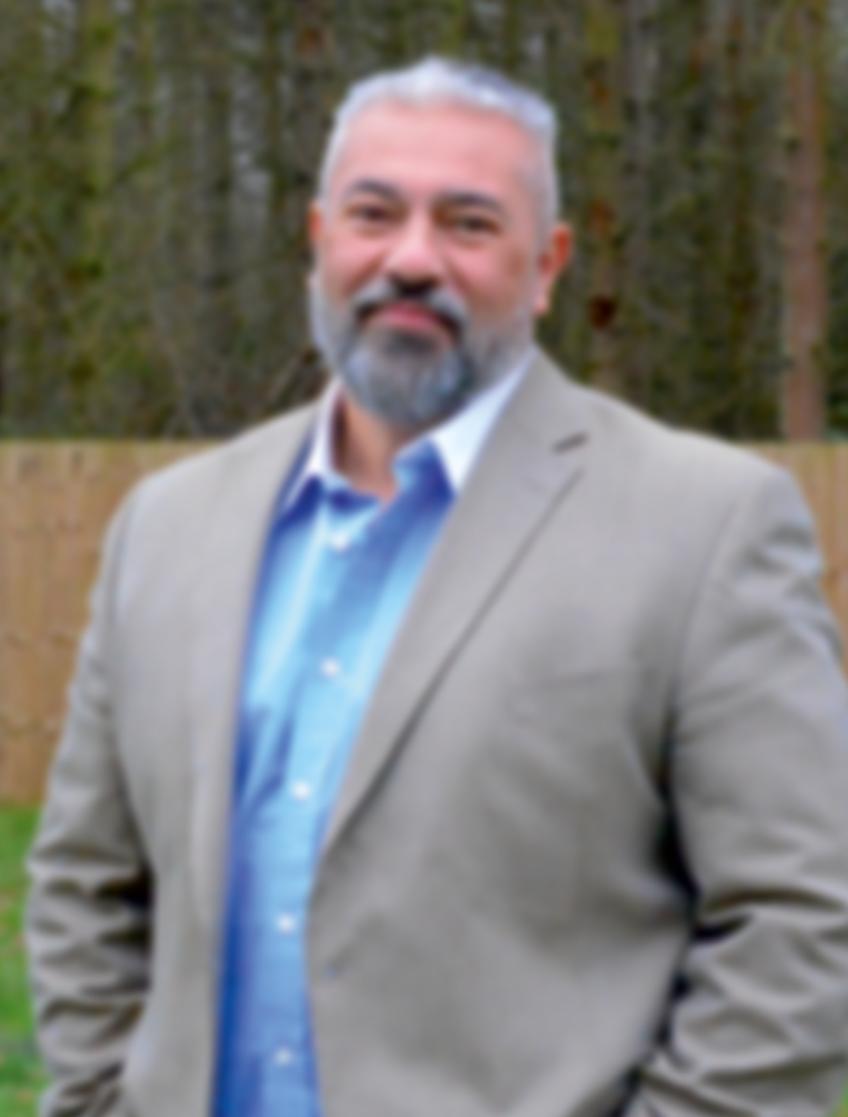

COVER STORY Providing Best-in-Class Innovative Solutions 08


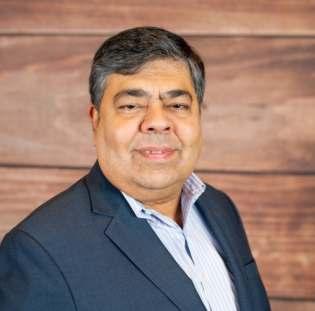
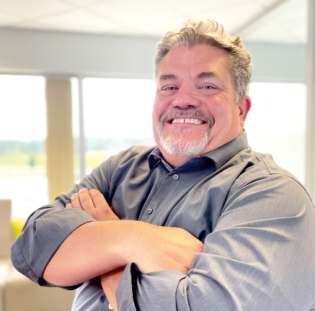


28 18 24 32 Henry Balani Propelling the Horizons of Enhancements Steve Daly Using Technology to Help Companies Stay Future-Ready PrayagaShyamala Enriching the Aspects of Experience Tejas A Stalwart and an Innovative Tech Leader Chopra
Pooja M Bansal Editor-in-Chief
CONTENT
Senior Editor Alan Swann
Executive Editors AbhishekJoshi
Alex Spellman
DESIGN

Visualizer Dave Bates

Art & Design Director Revati B.
Associate Designer Ankita P.
SALES
Senior Sales Manager Sihanee M., Rouniyar A.
Customer Success Manager Ram K, Prathamesh
Sales Executives John, Rohit
TECHNICAL
Technical Head Prachi Mokashi
Technical Consultant Victor Collins
SME-SMO
Research Analyst Eric Smith
SEO Executive Sagar Lhigade
FOLLOW US ON www.facebook.com/ciolook
www.twitter.com/ciolook
WE ARE ALSO AVAILABLE ON Email info@ciolook.com For Subscription www.ciolook.com
CONTACT US ON
Copyright © 2023 CIOLOOK, All rights reserved. The content and images used in this magazine should not be reproduced or transmitted in any form or by any means, electronic, mechanical, photocopying, recording or otherwise, without prior permission from CIOLOOK. Reprint rights remain solely with CIOLOOK.
sales@ciolook.com
March, 2023
Person
Impressive Industry Tech, Making
Company Name
Encompass Corporation encompasscorporation.com
Brief
Dr. Henry is an industry Executive and Academic with Board level of expertise in maturing high-growth regulatory technology firms towards successful exits.
BlackRainbow Ltd. blackrainbow.com NVIDIA nvidia.com
Dr James is proudly working with the best to deliver innovative solutions to the Digital Forensics, Security and Quality marketplace.
Shyamala Prayaga is a self-driven evangelist for UX and Conversational AI technology and recognizes the societal and cultural benefits of voice tech evolution.
Tejas
Senior Software Engineer

Fusion Alliance fusionalliance.com Netflix netflix.com
Steve is a highly qualified professional with a 30-year career history of providing IT solutions to start-ups, local, state, and Federal governments, Midmarket, as well as Fortune 500 companies and organizations.
Tejas Chopra is a Software engineering leader at Netflix. He works on architecting infrastructure solutions to support Netflix Studio Platforms.
Shyamala Prayaga Senior Software Product Manager
Dr. James Kent CEO & Co-founder
Dr. Henry Balani Founder
Steve Daly Vice President Technology
Chopra
Featured
Providing



Best-in-Class Innovative Solutions
The learning and years spent applying investigation skills with the added edge of technical understanding paved the way for my next journey.

COVER STORY
Dr. James Kent CEO & Co-founder Black Rainbow
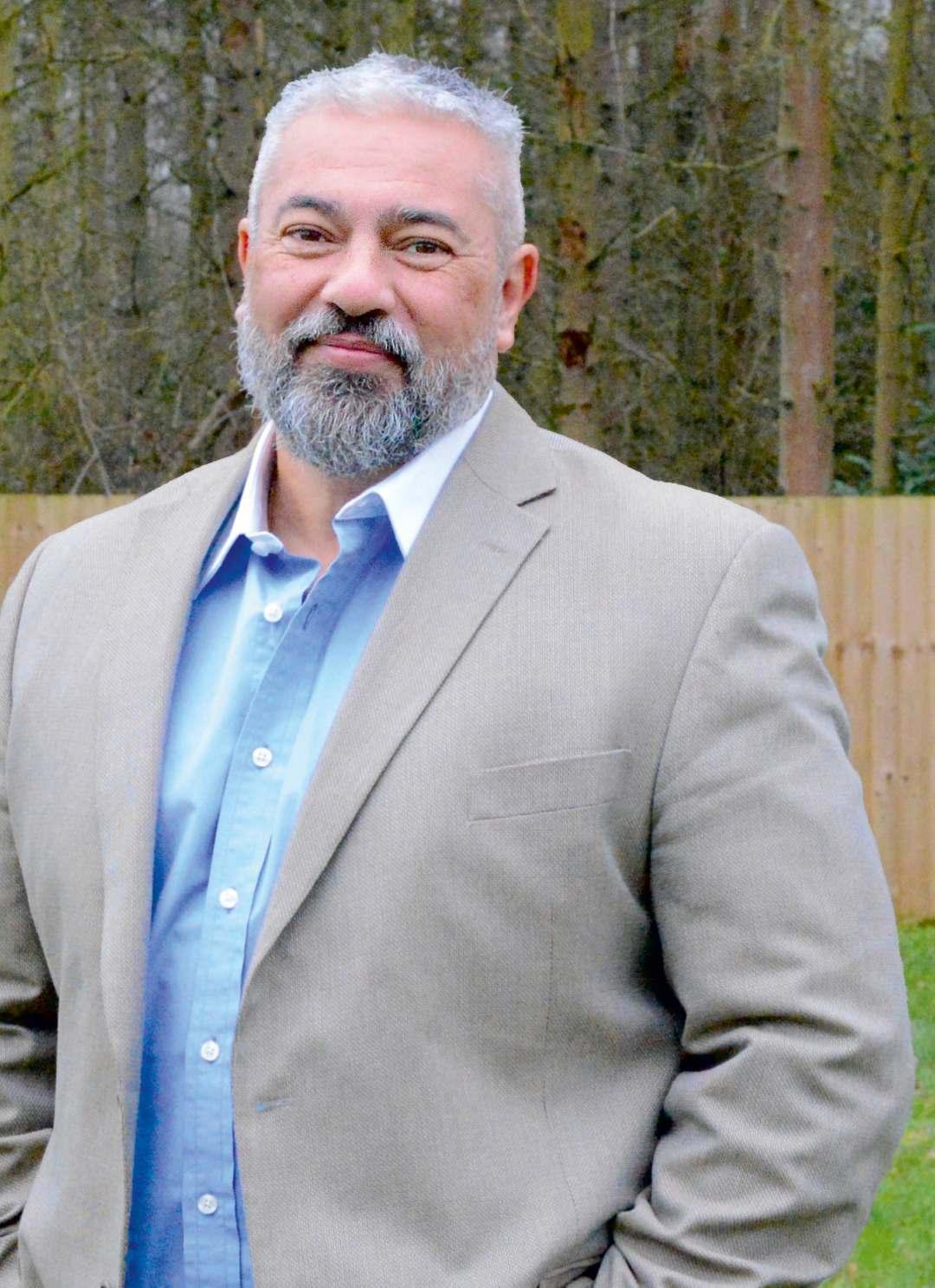







With an exciting detective career that

diverged toward Digital Forensics and Cyber Security, Dr. James Kent made it big with a continuous learning curve in his service.
When an opportunity struck to give back to the Investigation and Security community, James Kent jumped on it and co-founded Black Rainbow . With software that simplifies complex investigations and drives efficiency at the forefront, Black Rainbow was formed in 2017 with the sole strategic intent of providing a modern and innovative solution for organizations within proactive and reactive investigations and operations.
We caught up with James and discussed his exciting career and how his role as the CEO of Black Rainbow tackles several challenges that have changed over time and how the future of digital security looks.
Below are the highlights of the interview:
James, please brief our audience about your journey as a business leader until your current position at Black Rainbow. What challenges have you had to overcome to reach where you are today?
My journey has been an interesting and varied one. Starting life as an engineer, then followed my true vocation and served as a detective in the police service. A pivotal point in my life was in 1999 when the police decided each force area should have a high-tech crime unit dealing with the new field of digital forensics and Cyber security. At the time, this was quite a step change from murders, burglaries, and rapists and, of course, an incredibly steep learning curve; however, it turned out to be the best thing I had ever done.
The learning and years spent applying investigation skills with the added edge of technical understanding paved the way for my next journey. I decided to leave the police force and start a consulting and training company in the field of Digital Forensics, Incident Response, and Cyber security serving all law enforcement and government agencies. We quickly became advisors to government and national agencies around Hacking, Security, and Incident Response. This was relatively short-lived as a global consulting firm purchased the business. I then joined a Security and Investigation Software company as the CEO of Europe, the Middle East, and Africa based in London.
The business grew exceptionally well, and after a few years, I moved out to Virginia as the CEO of North America to build out the American market. Once again continually having to adapt and learn new challenges, new technologies, and new customers whilst juggling the scale and geography of the North American market for Investigations, Digital Forensics, and Security. Some years later, after establishing the European and North American businesses, I found myself returning to London as a global Investigations and Security advocate traveling the globe, visiting customers, and following the speaking circuit until finally deciding to take a back seat and retire gracefully and concentrate on my other passion of classic car restoration and family. The business ended up floating on the stock exchange a few years later with a more than $1bn valuation.
My retirement plans were short-lived as I received a call from my friend asking what you are up to. Do you fancy starting something new? Black Rainbow was born. The purpose was to give something back to the Investigation and Security community and build software to simplify complex investigations and drive efficiency.
Tell us something more about your company and its mission and vision.
Our mission is to reduce the investigation lifecycle through intelligence, efficiency, and integrity. We have and are transforming the way intelligence, investigations, and evidence is managed, solving inefficiencies and managing risks faced by Law
“ “
Our mantra has always been about providing usable technology to the industry we have all worked and served for many years.
Enforcement, Government, and Intelligence sectors with our NIMBUS solution.

Our NIMBUS solution is the first integrated investigation case and quality management system available to the investigation and intelligence market. Our customers say NIMBUS is transformative. Our heritage comes from Law Enforcement and Government agencies; however, we have seamlessly transitioned NIMBUS into the corporate and financial sector simply because the system is architected to render the market segment irrelevant as the problem is similar across markets, geographies and customers.
Enlighten us on how you have impacted the computer security niche through your expertise in the market.

We are streamlining how investigations have previously been managed by providing a configurable and agile solution to evolve and adapt to emerging challenges. Organizations no longer depend on spreadsheets, unsupported open source, or siloed systems for their investigation management requirements. The NIMBUS suite provides complete control and visibility of the investigation lifecycle, supported by defensible evidence tracking, task management, and reporting, all underpinned by compliance with the latest quality standards and procedures.
NIMBUS suite provides a centralized platform for all stakeholders to work in, helping investigation teams to deliver efficiencies when creating and managing all types of investigations within the organisation.
NIMBUS now becomes the digital room assistant empowering Investigators to accelerate investigations by combining the four vital principal phases of any investigation:
Collection: Multi-source human and digital information, data, and evidence can be collected remotely via mobile devices and
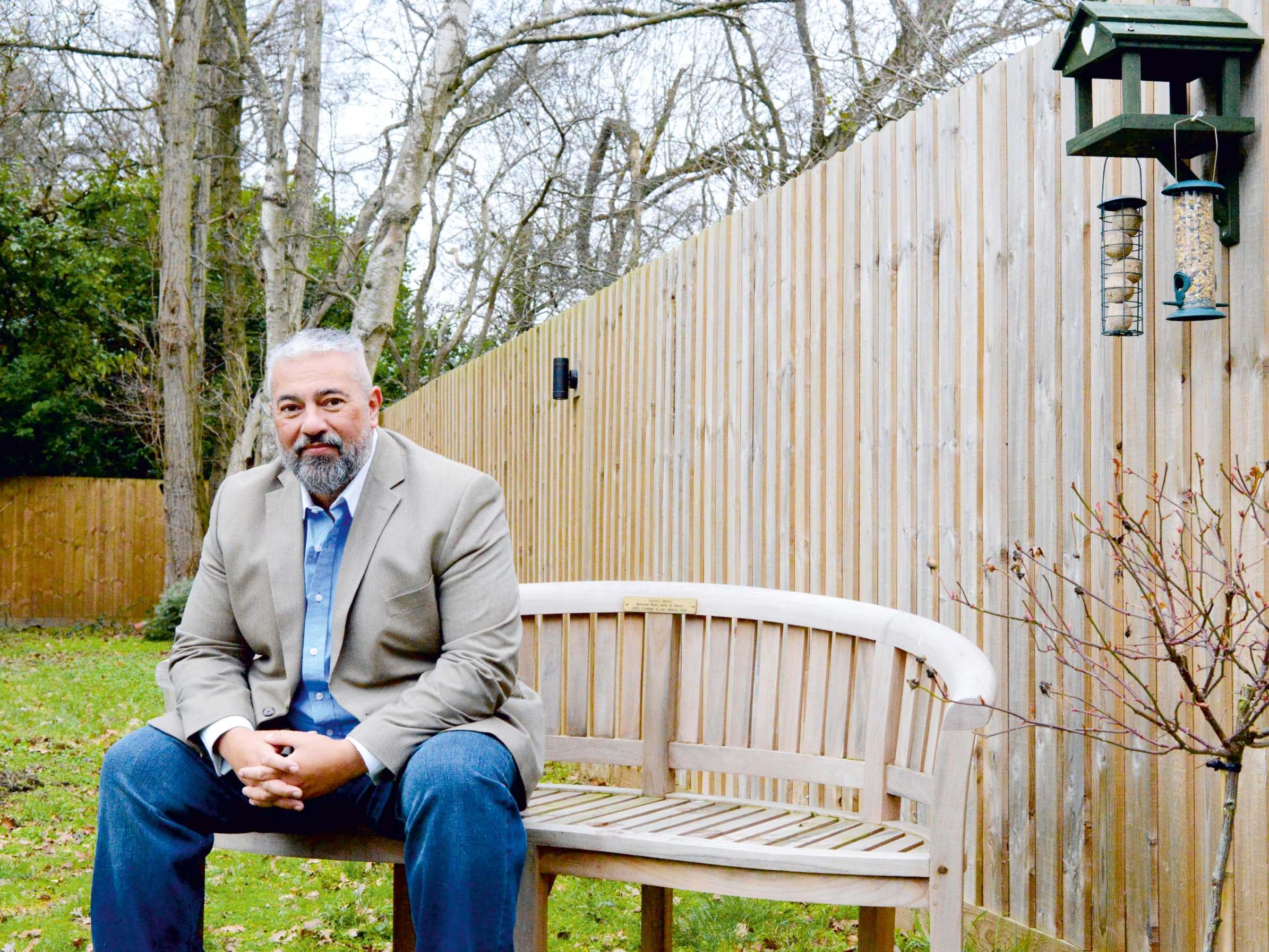
“ “
Our NIMBUS solution is what makes our business and ensuring that it remains robust in the evolution of technology and the digital challenges we face.
sent via a portal to the core application. Controlled exhibit handling and chain of custody for continuity driving efficiency and integrity from the outset.
PRODUCTIVITY: Being able to work with the data to produce actionable information. Digitise decision logs and represent them in dashboards reflecting the decisions made. Activities are visualized live as they are taking place and updated with action trees to show the quickest route between essential events, providing a complete audit history of what took place, when and by whom.
ANALYTICS: Visualize the case to reveal hidden connections and sequential events in timeline views along with building your canvas graphs, allowing you to tell the story visually.
REPORTING: Minimizes the burden of reporting and disclosure management from the initial data entry, saving time—auto-populate case information into statements and reports without the need to double key, avoiding errors. Send and view an electronic case file on mobile devices driving paperless investigations, court reports, and feedback.
NIMBUS has numerous capabilities, and every bit of information is recorded in a coordinated way enabling investigators to see the bigger picture and optimize decision-making with a practical and defensible audit trail. It is The Investigation Platform.
Describe in detail the values and the work culture that drives your organization.
The company culture is driven by four key areas, Respect, Innovation, Transparency and Continuous Improvement:
Ÿ Respect for our colleagues, suppliers, customers, other stakeholders, and yourself.
Ÿ Create, share and drive Innovation throughout Black Rainbow, working towards being efficient, more effective, and maintaining competitive advantage.
Ÿ Transparency in being honest in areas of communication with colleagues and customers to build trust and build the growth of a successful business.
Ÿ Continuous Improvement with our software product, the delivery of it, and our business processes as we evolve to the needs of our growing business.

Ÿ For all the Black Rainbow staff, the ability to be a part of a mission and a team that has something to achieve drives our motivation.
Undeniably, technology is playing a significant role in almost every sector. How are you leveraging technological advancements to make your solutions resourceful?
As investigations become, more complex and timesensitive, physical and digital information needs to efficiently make its way into the central source of the investigation/operations command. NIMBUS absorbs this information rapidly to understand and build a visual sequence of events. Historically, gathering and converting this data into relevant, usable information for presentation as potential evidence has been complex. NIMBUS is designed to streamline this process, reduce data duplication and optimize decisionmaking while maintaining investigation integrity and disclosure rules.
Our NIMBUS solution is what makes our business and ensuring that it remains robust in the evolution of technology and the digital challenges we face. The days when hosting software on-premise are slowly disappearing, and Cloud is being utilized along with AI technology. When designing the architecture that NIMBUS is built on, we were mindful and forwardthinking of this change. This puts us ahead of the game with many other competitors in the market.
We have also built flexible software. Once deployed, our customers can manage the user interface with configurable changes to allow them to adapt to how they work now and in the future. This brings enormous advantages to our end users as they do not have to wait or incur additional costs, another differentiating factor from other software in the market.
What, according to you, could be the next significant change in the computer security sector? How is your company preparing to be a part of that change?
Quality Management of data gathered within investigations or intelligence sector. Ultimately this comes down to – what processes are carried out and whether they are in line with legislation andregulations.
Who conducts the activities, and are they competent and trained to do this? What equipment is used, is it validated and tested? Not all countries are subject to the same regulations/legislation. However, should any case go into the justice system, the evidence can be scrutinized, which comes down to quality.
We have already invested in quality management by integrating this into our solution and systematically reducing the administrative burden, ensuring evidenced conformity to quality and operational requirements. Along with our NIMBUS' flexible workflow engine, processes and procedures can be digitized, enabling NIMBUS to always be current, relevant, and a primary driver of risk management and productivity improvements throughout the organisation.
For some time, the disciplines around intelligence and investigations have been separated. Dealing with siloed data naturally incurs time penalties in time-sensitive situations, and this has come through legacy working practice lacking technology. Today, the technology exists from the inception of any intelligence through to the conclusion of the case to be in one secure, permissioned environment. This allows reporting, sanitization, dissemination, and analytical work to benefit any permissioned user utilising the technology via watchlist, notifications, and alerting. Once again, driving efficiency to provide the correct information to the right person at the right time.
NIMBUS has a further integral capability specifically for intelligence generation, management, analysis, and reporting. These are partly accelerated by the Elastic Search platform and therefore are scalable to the petabyte level. Building on the primary case or incident data available within Operational Analytics, and depending on the use case (Policing, Counter Terrorism, Cyber, National Intel, etc.), all or a filtered subset (People, Objects, Locations, Events, for example), can be automatically targeted and added to the engine, giving real-time access to potentially invaluable information. Utilizing the Orchestration module, this can be automated in the background depending on the risk profile of the case. This rich source of pertinent data can enable important pattern matching across cases where no apparent links were previously known.
The NIMBUS intelligence module can also search thirdparty databases on an aggregation model or, in the case

of legacy databases, extract all the data within a DB and store it locally. Access to additional databases such as number plate and driver's license data, passport and border control, international watch lists, corporate ownership and director listings, etc., when linked with the Investigation Toolkit within NIMBUS, can significantly assist in accelerating the investigation.
Where do you envision yourself in the long run, and what are your future goals for BlackRainbow?
To complement our current Americas customers, the next phase for Black Rainbow is further growth and resilience to meet the market evolution; our offices have just opened in Reston, VA. Our mantra has always been about providing usable technology to the industry we have all worked and served for many years. As a team, Black Rainbow genuinely wants to help and make a difference in how we all go about our daily work and continue to engage with our customers and focus groups on enhancing NIMBUS at every step.
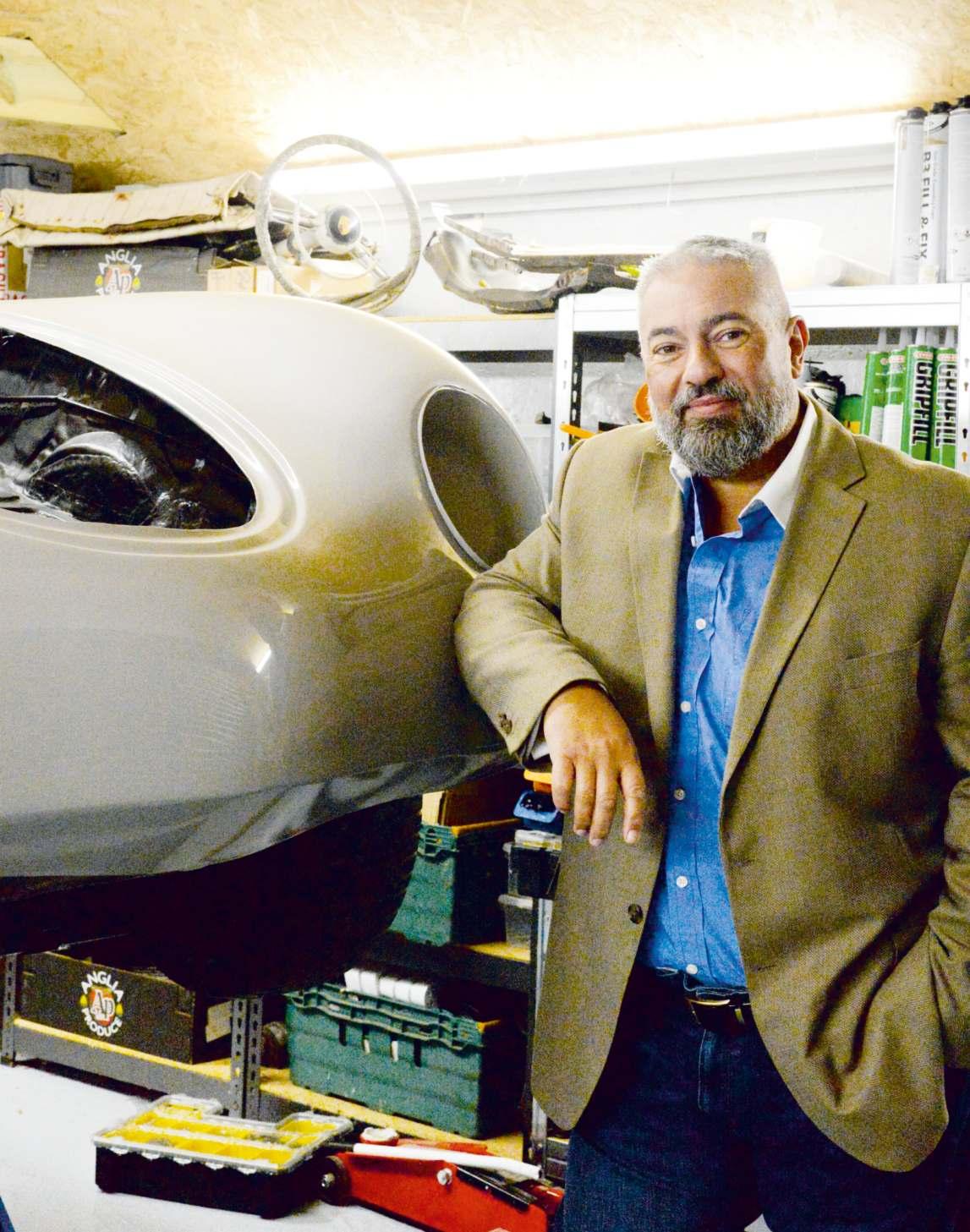
What would be your advice to budding entrepreneurs who aspire to venture into the computer security sector?
Many organizations are delivering the same thing, some better than others. You do not need to reinvent the wheel if it is not broken; however, understanding where gaps or significant improvements are required can be gold dust. Listen to what the market, industry, and laws are saying, and most of all, be passionate and driven, find the niche, and own it.
“ “
NIMBUS suite provides a centralized platform for all stakeholders to work in, helping investigation teams to deliver efficiencies when creating and managing all types of investigations within the organisation.


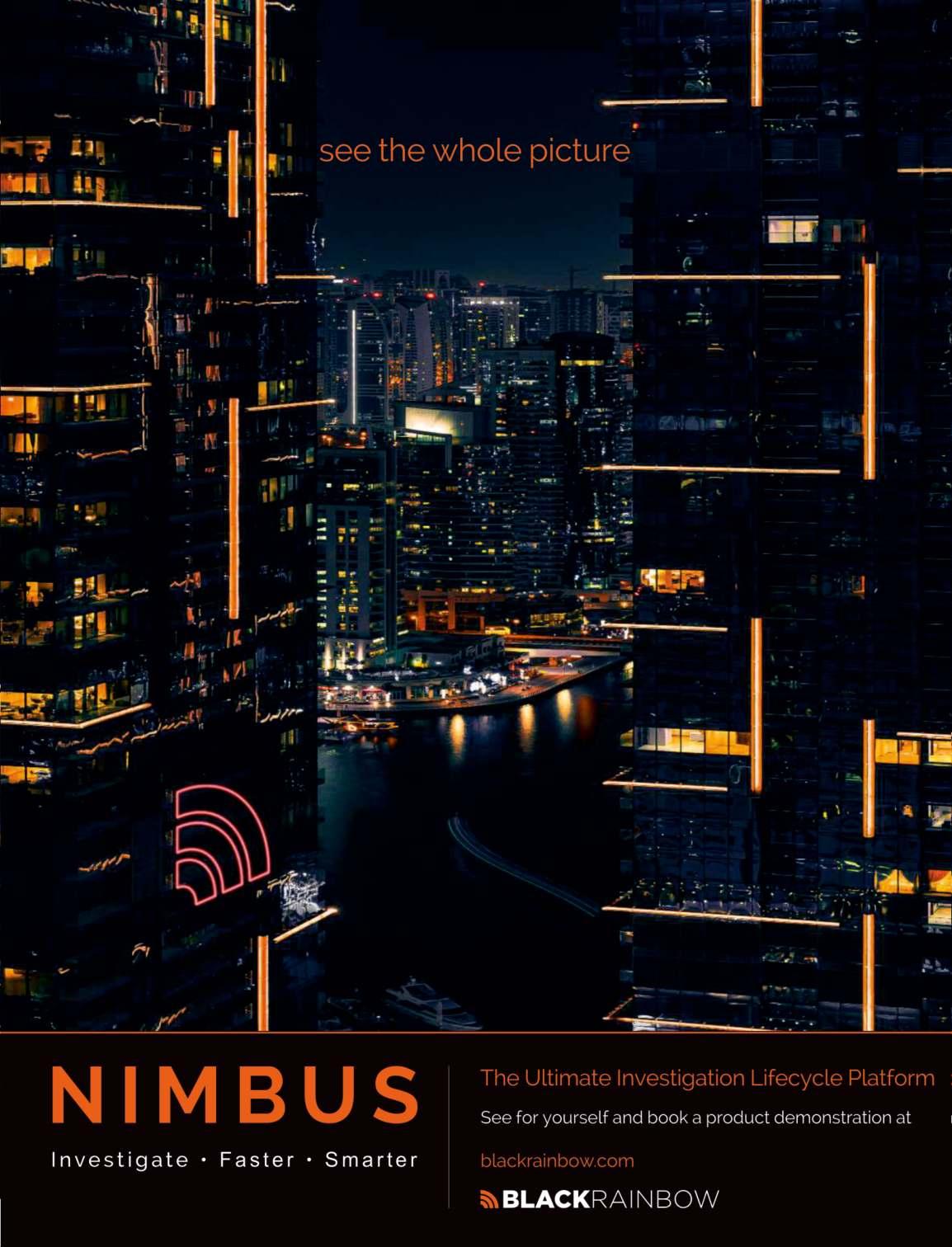
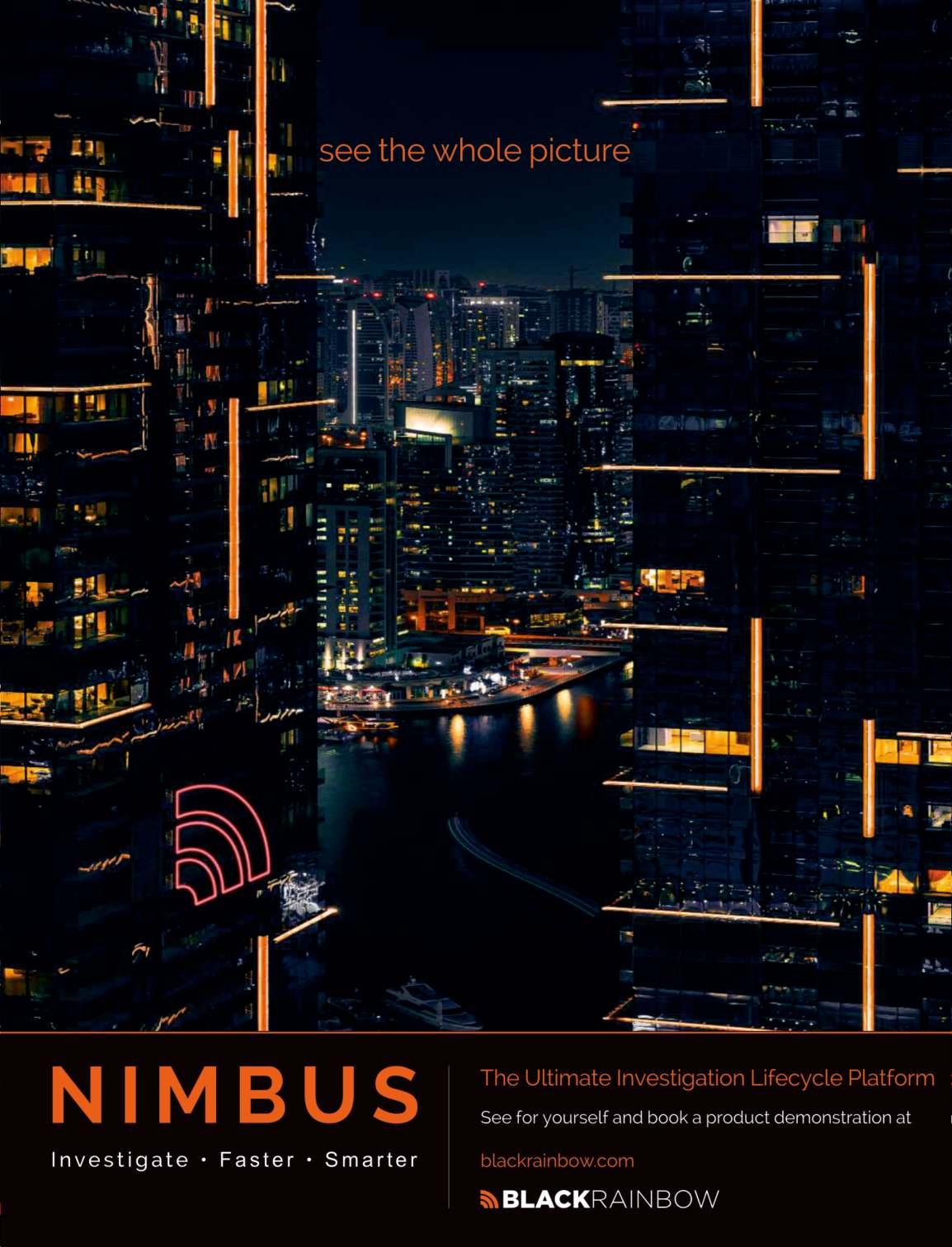
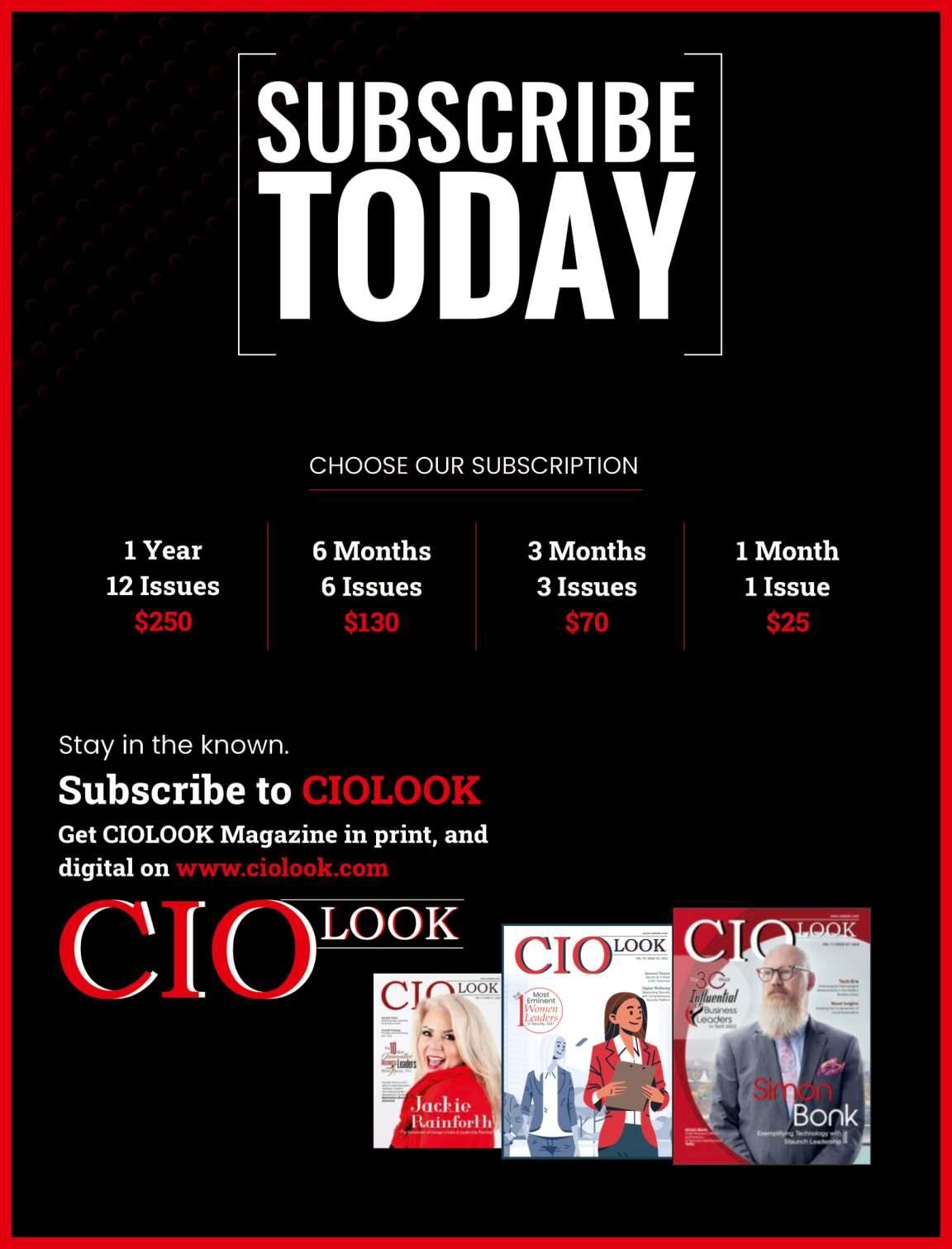

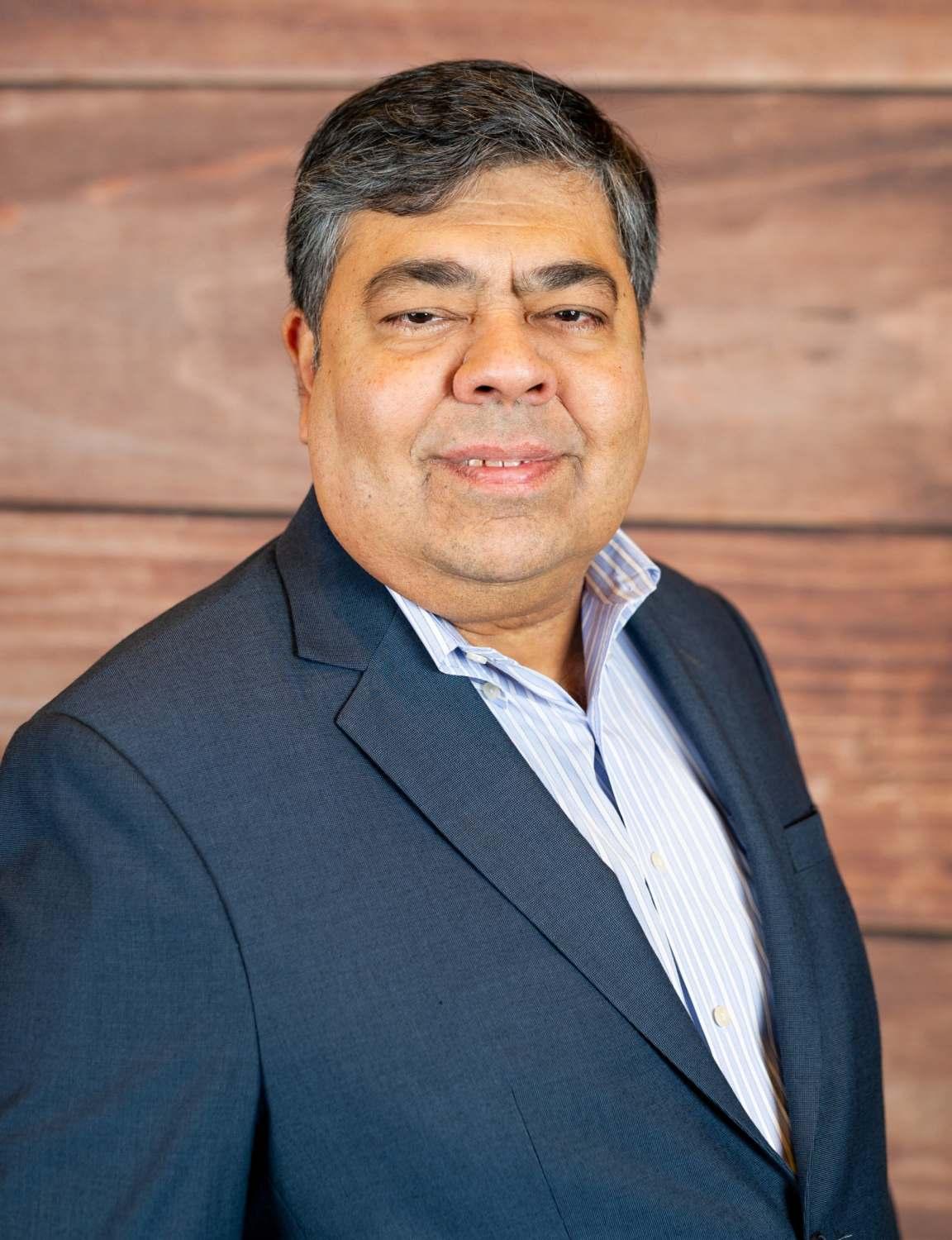
 Dr. Henry Balani
Global Head
Industry & Regulatory Affairs
Dr. Henry Balani
Global Head
Industry & Regulatory Affairs
www.ciolook.com |March 2023 | 18
Encompass Corporation
Dr. Henry Balani
Propelling the Horizons of Enhancements

Atech expert has a technical background, experience, and skills to fulfil IT tasks. Such a specialist is qualified to use technology to solve various problems. The role of tech leaders is much broader. Tech leadership requires excellence in the field, awareness of the business and technological environment, and the ability to optimize speed, quality and resources.
Tech leaders are enthusiastic learners with constant endeavor for professional development. A strong leader possesses a holistic vision of a project from the ground up. They are adept with technical details, know business processes, clearly understand the overall project, and efficiently perform management functions. Standing out as one of the eminent leaders with such a significant skillset is Dr. Henry Balani , Global Head of Industry & Regulatory Affairs, Encompass Corporation.
At Encompass, Dr. Balani advocates for regulations supporting technology firms and writes about new technology that can impact the financial services industry.
Along the way, he also obtained a Finance Doctoral degree, recognizing his passion for academia and teaching.
In an interview with CIOLook, Dr. Balani shares his professional tenure and highlights his journey so far as a tech leader in the dynamic business arena.

Below are the excerpts from the interview:
Brief our audience about your journey as a business leader until your current position at your company. What challenges have you had to overcome to reach where you are today?
I started my journey way back in university, where I was fortunate to join AIESEC, a student-led business society focused on raising internships in foreign countries. ,
One summer I worked in Istanbul, Turkey, followed by a placement with Andersen Consulting (now Accenture) in Chicago, USA. The fundamental lesson learned here was the ability to interact confidently with colleagues, associates, and friends from all walks of life and worldwide.
My career has been international since working for global technology firms supporting financial institutions in the fight against financial crime.
Challenges, as expected, are numerous. Life gets in the way – both positive and negative. I recognized early the need for managers and senior executives that could support my career path. I have actively looked for mentors/other leaders to collaborate and discuss with. Creating these types of deeper relationships can be challenging – you need to demonstrate your value, be willing to take their advice and show progress – but the rewards far outstrip the effort.
I was fortunate to move to roles where I could exercise my leadership skills and contribute to growth at the same time—raising a family, while not a challenge in the traditional sense, forces one to make choices in terms of where to allocate your time. One can plan for life as much as possible, but unplanned events can take your career off track.
I recall one leadership role I had, where I had to terminate 13 staff before I was made redundant, as one of the most challenging experiences I have had. Flying around the country, meeting staff at public locations like coffee shops and airport lounges while terminating them and asking for their laptops was not at all pleasant – especially when I knew I had to leave after the exercise. Staying professional at all times was vital. One can be empathetic and understanding, but representing the company was paramount.
Tell us something more about your company and its mission and vision.


www.ciolook.com | March 2023 | 19
Founded in 2011, Encompass Corporation transforms regulatory compliance and customer onboarding with Know Your Customer (KYC) automation. Its advanced technology, unrivalled data coverage and industry expertise help clients to grow their businesses and fight financial crime safely.
The Encompass Corporation platform reduces the cost of KYC and improves time to revenue by providing KYC due diligence on demand, powered by intelligent process automation. Customers include leading global banks and financial institutions.
Enlighten us on how you have impacted your niche through your expertise in the market.
There is a common perception that any regulatory penalties or introduction of new anti-money laundering regulations on banks is a negative for the financial services industry. It would seem logical that if a bank receives a fine for failing to address regulatory compliance issues, there would be negative consequences beyond just the fine – for example, customers will close their accounts, or the market would dump their shares, leading to lower valuations.
I pursued a Finance doctoral degree and, over four years, managed to research and publish my findings. I examined European banks and their stock valuations over a period of 10 years using thousands of data points with the introduction of the Fourth Anti-Money Laundering Directive (4AMLD) and established the opposite was, in fact, true – that, with the introduction of regulations, the valuation of bank stocks over actually increased.
Regulations provide structure to banking operations and, when introduced, provide clarity to compliance operations, meaning banks can follow processes developed to minimize money laundering within their banks. With the 4AMLD, investors now feel more comfortable that banks comply, leading to greater stock buys in these banks.
I published my findings in academic journals, meeting frequently with regulators and bank executives globally to demonstrate the results and was able to influence the banking industry by showing that regulations are, in fact. good for stock prices.
Describe in detail the values and the work culture that drives your organization.
Encompass Corporation has been rapidly growing over the past 12 years, with locations globally in New York, Amsterdam, Belgrade, Singapore, London, Glasgow and Sydney. From a ‘start up’ to what is now a ‘scale up,’ the focus has always been to put the employee first. The recent pandemic certainly put a strain on work-life balance, with employees having to work out of their homes instead of physical offices.
Technology firms have been more fortunate in that virtual conferencing and other remote working tools were not unusual even before the crisis, which helped with maintaining productivity and keeping a positive spin on work.

Understanding why we do what we do is also very important. We are not writing software or creating widgets; rather we are helping in the fight against financial crime. As a regulatory technology firm, what we produce directly makes a difference in finding the ‘bad guy.’ Banks need our solution to not only comply with regulations but also stop the proceeds from illicit activities that lead to money laundering. This difference Encompass Corporation makes is a powerful driver for all employees and helps them stay committed.
Employees are also given time off to support charitable work and various ESG activities are always in play. Each office tries to reflect the company ethos and, being a technology company used to remote offices and employees, this comes across well, with employees regularly recommending Encompass as a great place to work.
Undeniably, technology is playing a significant role in almost every sector. How are you leveraging technological advancements to make your solutions resourceful?
Because we are a technology company, innovation is our lifeblood, to ensure our clients receive maximum value from their investments. We are all exposed to new technologies like Artificial Intelligence, Machine Learning, Robotic Process Automation, Web 3.0 and other cutting-edge applications.
Our Product and Engineering teams review the market, attend technology conferences, and develop sandbox
www.ciolook.com |March 2023 | 20
solutions in the name of developing efficiency and scalability in our solutions. In today’s world, the use of sanctions to punish errant jurisdiction and individuals is becoming more pervasive. Banks need to comply with increasingly complex rules and regulations to identify the ‘bad guy’ with more and more penalties and bad press.
Encompass’ Corporation focus is to make the complex act of mapping out corporate structures and ultimate beneficial owners more consistent, reliable and scalable, all while making it cost-efficient. Cloud technologies and ‘Software-as-a-Service’ have been introduced, allowing banks to sign up for a license to use the platform, with new features being continually added without having to conduct expensive software upgrades.
Clients can turn features ‘on and off’ as needed and change how they comply with policies without having to change code (a new advancement known as low code applications). With the introduction of ‘Application Programming Interfaces’ (APIs), different applications are easier to connect to.


However, what is important is to ensure these new technologies create efficiencies that positively impact the Compliance Officers and Operations teams. It is not just new technologies, but the application of these new technologies, that is important to success.
What change would you like to bring to your industry if given a chance?
Understand that technology solutions will actually make life easier for Compliance and Operations teams. Internal company inertia and a lack of budget often prevent banks from investing in new technologies.
As an advocate for these solutions, I have seen where technology has failed, not because of the technology but because of the politics surrounding the implementations. Existing staff are entrenched in their current ways and reluctant to change. Processes that used to take hours can now be completed in minutes through using technology.
What, according to you, could be the next significant change in your sector? How is your company preparing to be a part of that change?
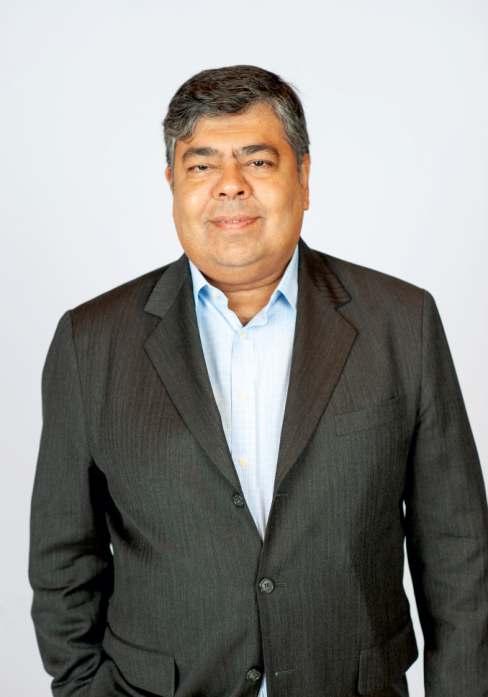
“
www.ciolook.com | March 2023 | 21
Encompass Corporation is a technology-oriented company; innovation is our lifeblood, to ensure our clients receive maximum value from their investments.
“
Artificial intelligence (AI), Machine Learning (ML) and Natural Language Processing (NLP) are the next new technologies that can make a significant impact. The challenge facing banks is the mountain of data they have to process in order to find relevant matches – akin to finding a ‘needle in a haystack.’

There is just too much data out there, and these new technologies can be used to identify financial crime by analyzing large amounts of data, such as transaction records and customer information to detect patterns and anomalies that may indicated illicit activity.
Models can be developed and trained on historical financial crime data to recognize specific types of money laundering. Statistical analysis can be used to identify patterns of financial data. Clustering algorithms could be used to group together similar transactions based on various features, and then identify the clusters that are most likely associated with illicit activity.
Natural language tools can be used to generate language explanations of its findings, making it easier for compliance offices to understand and act on the results.

APIs continue to be refined, making data integration across multiple platforms easier and more scalable. As a company, we will continue to monitor these emerging technologies and apply what we feel is beneficial.
Where do you envision yourself to be in the long run, and what are your future goals for your company?
I have always felt that technology solutions have a central role to play in productivity improvement, especially in financial services. I have always attempted to introduce this across my different roles.
As a company, we will continue to work with both our clients and strategic partners to create relevant solutions that will benefit the ecosystem. In terms of my individual aspirations, I will continue to indulge in the academic world, researching, teaching and sharing my experiences with students.
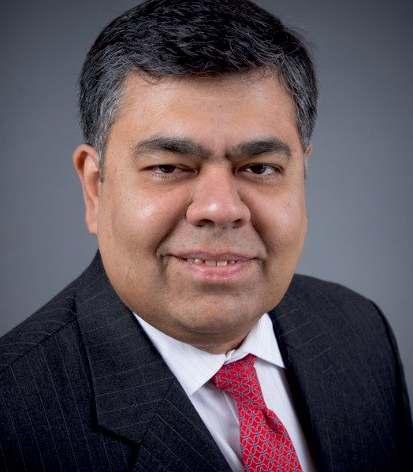
What would be your advice to budding entrepreneurs who aspire to venture into your sector?
Technology trends come and go; fads will always be introduced. It is important to be at least aware of these trends and do your research into what you feel will make a difference. There will always be misses and be prepared for these.
Venture capitalists are happy when 2 out of 10 of their investments bear fruit. Failure is an opportunity to continue to improve. For the long haul, there will be opportunities to get it right. Perseverance and a positive attitude are key.
www.ciolook.com |March 2023 | 22

Shyamala Prayaga
Enriching the Aspects of Experience


Apositive product experience fulfilling the necessities is one reason, among many others, why the customer opts for a specific service from the plethora of modern market competition. Intuitive experience, coherent design, and user-focused accessibility all of these add to why a user chooses to interact with a service from a business.
Recognizing the societal and cultural benefits of customer satisfaction by utilizing accommodating user interfaces, Shyamala Prayaga , Senior Software Product Manager at NVIDIA —a self-driven evangelist for UX and voice technology—offers leading-edge services that enhance usability.
She holds insights and knowledge with an experience and leadership from her technical development and design roles. Her design and research work are presented nationally and internationally to general and field-specific audiences. She has 18 years of experience designing mobile, web, desktop, and smart TV interfaces.
In addition, Shyamala has more than six years of experience designing voice interfaces for Connected Home Experiences, Automotive and Wearables.
CIOLook had the privilege to interview Shyamala, where she discussed her vital contribution to the industry of UX and voice tech.
 Shyamala Prayaga
Shyamala Prayaga
www.ciolook.com |March 2023 | 24
Senior So�ware Product Manager NVIDIA
Below are the highlights of the interview:
Shyamala, enlighten our readers about your professional tenure so far in the industry and shed some light on your novelties that are enhancing UX and Voice technology.
As Senior Software Product Manager of Conversational AI: Deep Learning, I drive NVIDIA's Speech AI GUI product suites by owning the roadmap and working with cross-functional teams to realize it. I previously worked for Ford Motor Company as a Product Owner Digital Assistant, leading the roadmap for voice and chatbot innovation across traditional and autonomous vehicles. My product, the SYNC 4 Digital Assistant, an intelligent, voice-activated, in-vehicle assistant, was introduced in Ford's F-150 and Mustang Mach-e models in 2019.
Prior to Ford, I worked with Amazon and Voicebox Technologies to lead user experiences for voice applications. I was part of the Alexa Gen 1 (a voiceactivated smart speaker) launch in 2014, which became an overnight sensation. My career began 22 years ago as a User Experience (UX) designer designing mobile, web, smart TV, and desktop applications. Citibank, Toyota Shopping Tool, and VidyoMobile were among the first mobile applications I designed. Over the past decade, I have designed voice interfaces for automotive, wearables, and connected homes.
Tell us more about yourself, highlighting the exceptional skillset that makes you one of the most impressive tech leaders who are enabling advancements in the modern industry.
I have always been fascinated by Artificial Intelligence, even during my undergraduate years. Over the course of my career, I have always focused on creating user experiences for cutting-edge technologies. My journey with Conversation AI started a decade ago during an Amazon hackathon when I prototyped an augmented reality application called the ‘Junglee Shopping Tool.’


There are still many people who don't feel comfortable buying things online because they want to try them out first. Using emerging technologies like augmented reality and voice, I envisioned enabling e-trials to encourage online shopping. As a result of the proof of concept, I won the ‘people's choice award.’ Later, the
concept was introduced by many leading retailers in their online stores, including Amazon.

I worked with the Department of Transportation to fund an ‘Omnichannel Digital Assistant’ research project to enable people with disabilities to easily access autonomous vehicles. My idea was to leverage conversational AI technologies such as Automated Speech Recognition, Text-to-Speech, Natural Language Processing, Automated Sign Language Detection, and Voice Biometrics, as well as adjustable touch screens with tactile surfaces to provide maximum utility and control to the disabled in the self-driving car.
It is my belief that everyone should be able to access products, regardless of their age, abilities, or circumstances. My opinion is that self-driving cars will change the number one rule for driving: The vehicle needs an able driver who is licensed and fully qualified. Vehicles that can operate themselves will not need a licensed driver. Anyone who can enter an autonomous vehicle and give it a destination can use it.
I introduced the five pillars to empower inclusivity in autonomous vehicles: 1) Trust, 2) Independence, 3) Understanding, 4) Recognition, and 5) Response. I believe that ‘when a vehicle becomes the driver, the voice becomes the companion.’ Omnichannel Digital Assistants can be game changers not only in automotive but kiosks and retail setups. All it needs is proper orchestration.
As Senior Software Product Manager of Conversational AI: Deep Learning, I drive NVIDIA's Speech AI GUI product suites by owning the roadmap and working with crossfunctional teams to realize it.
www.ciolook.com | March 2023 | 25
Voice interfaces have made many advances and are the most natural form of interaction, but there are still challenges and gaps in language, understanding, and recognition. As a result, the products have limited utility and trustworthiness. I recently published a book called ‘Emotionally Engaged Digital Assistant: Humanizing Design and Technology’.

The book lays out several key frameworks for implementing voice interfaces that build trust. Additionally, I introduced six principles of emotional engagement: empathy, ease, transparency, relationship, confidence, and delight. In the book, I discuss how technology and design can be humanized through the use of the six principles and the framework.

Looking at the recent improvements in conversational AI and Deep Learning, share your valuable opinion on how these emerging technologies ensure reliability in modern-day operations.
We have always imagined a voice assistant we can talk to, and the rise of voice-enabled assistants is proof of that dream. With advancements in conversational AI and deep learning, it has become possible to talk to these voice-activated assistants and automate repetitive tasks. A survey of over a hundred people I interviewed for my book ‘Emotionally Engaged Digital Assistant - Humanizing Design and Technology’ found that almost everyone owns at least four voice-enabled devices and uses them to set alarms, schedules, and reminders.
Speech is the most natural form of communication for humans. In contrast to technology use, speech does not require any learning curve. These voice assistants are becoming easier to communicate with advancements in AI and deep learning. As AI advances, we can now converse with these assistants in a natural and conversational way instead of relying on ruled interfaces.


From automotive applications to customer service use cases, conversational AI technology is becoming increasingly useful. In automotive, it allows customers to get directions, play music, and get information about nearby points of interest, reducing the distractions that come with using smartphones behind the wheel. To optimize their ordering and fulfillment pipeline, retailers are experimenting with voice-activated drivethroughs.
With the advancement in text-to-speech, we can now generate high-quality emotive synthetic voices with very small data compared to days' worth of data. In addition to helping content designers who create audio content, TTS also provides voices for people with disabilities. As a result of advancements in natural language processing, bots and humans are able to converse with each other in a high-quality manner. This is supported by large language models. Virtual assistants, IVR systems, and other applications can benefit from this content generation.
As a professional technology evangelist, tell us about the social and cultural benefits of voice-tech evolution.
www.ciolook.com |March 2023 | 26
During one of my podcasts, ‘The future is spoken’ episodes, I interviewed a person with cerebral palsy who relies on a wheelchair to get around. His immobility prevents him from doing many everyday tasks efficiently. As a first-time dad expecting a baby, he voice-enabled his entire home so that he could enjoy fatherhood as any other person would. To assist him in holding and putting back his baby, he built a voiceactivated cradle that can adjust based on height. It is an example of the power of voice-enabled technology to assist everyone and to enable access for everyone.
From urban innovation to women's safety, voice technology is being explored in many different contexts. Voice assistants are being used by seniors in senior living for companionship and emergency help. A study is being conducted that aims to use voice to detect Parkinson's disease and COVID-19, which can be detected by how certain phonemes are pronounced. India's rural areas are exploring voice technology to assist digitally illiterate people in finding information related to agriculture.
Voice technology offers numerous benefits, and these explorations are evidence that many possibilities remain unexplored.


What is your primary role at NVIDIA, and what inspires you to galvanize enrichments in the voice and UX niche?
In my role as Senior Software Product Manager of Conversational AI: Deep Learning, I own the roadmap and vision for NVIDIA's Speech AI GUI product suite, which allows customers to customize Speech AI with self-service offerings requiring little or no code. In the conversational AI industry, customers are increasingly demanding the ability to create their own synthetic voices.
There are many possible applications, such as preserving the voice of a cancer patient or powering a metahuman's voice. Traditionally, creating a custom voice requires hours of data and technical knowledge to train the model and create a production-grade clone. No-code and low-code platforms are lowering the bar, enabling more people to customize their voices with minimal data and coding.
Originally, I studied architecture but switched to UX because I love simplifying complex user interactions. As
a child, I watched my parents struggle with technology, which inspired me to design usable products. No matter how many great features a product has, it isn't worth the cost if it isn't usable. It is my firm belief that UX is the soul and heart of every product. I base my designs on the premise that a fifth grader should be able to understand them. The average person wouldn't understand if it wasn't easy for a fifth grader.
So far, NVIDIA has been a significant game-changer in the world of technology; How is your expertise helping the company to scale its progress to greater heights, eventually?
I assert that any product's heart and soul is its user experience. It is likely that there will be ongoing utility and more feature requests if the product is easy to use. Customers will abandon a product if it is not usable.

I design every product and feature from the user's perspective. Every step of my design process involves extensive user research and validation with users. When a product is designed with the user in mind, it will always be usable. This facilitates not only utility but also scalability.
What would be your advice to the budding aspirants who are willing to venture into the UX niche in the near future and develop voice-assistive software?
Take part in industry events and meetups, build connections, and learn about conversational AI and UX through books, podcasts, and events. Become familiar with key concepts, tools, and processes. Make use of the skills you have learned to create capstones and sample applications. Make sure you master practical skills. You cannot gain confidence until you put it into practice, no matter how much you read and study. Get to know industry experts and what they do on a daily basis. Establish meaningful connections.
Where do you see yourself in the long run, and how are you working towards achieving your future goals in this niche?
It is still the early days for the conversational AI industry. Technology enablement and enhancement are still a long way off, as is defining unified standards and adopting them across sectors. It is my goal to bring all of these together to create an omnichannel and inclusive experience.

www.ciolook.com | March 2023 | 27
S ly Steve Daly
Using Technology to Help Companies Stay Future-Ready
Today’s market forces, economic realities, and customer expectations shift constantly. To keep up, companies need the flexibility to pivot fast. In the past, enterprise organizations often tackled digital transformation piecemeal, taking a project-based approach to problems at the business unit level. In today’s world, companies can’t afford a siloed approach. To be successful, they need a holistic strategy for digital transformation.
Over the course of his 30+ year career, Steve Daly has watched that evolution in real time, and with his hands on the keyboard. As a technology leader with experience across a wide range of industries and applications, Steve provides a unique strategic viewpoint, combined with an ongoing commitment to apply emerging technologies to solve business problems.
In his current role as Vice President of Technology at Fusion Alliance, a New Era Technology Company , Steve oversees powerful digital transformation solutions that keep companies moving forward in a rapidly changing world.
CIO Look sat down with Steve, to hear about how his 30-year career shapes his perspective on technology innovation.
Below are highlights of the interview:
What challenges have you had to overcome to reach where you are today?
Being diagnosed as an adult with Attention Deficit Disorder (ADD) gave me insight into why I always struggled with the longer timelines of digital transformation projects and why Agile processes and method-
ology have been an absolute game-changer for my career. Developed to facilitate software delivery, Agile’s iterative, incremental approach separates projects into short-term milestones. Applying an agile mindset to projects helps me focus my attention so I can make measurable progress and iterative improvements. In addition to revolutionizing my productivity, this framework helps me surface patterns and anticipate challenges. The Agile framework has helped me turn my struggles into something of a superpower.
Could you talk more about Fusion Alliance? What are its mission and vision?

Fusion helps companies evolve and scale by delivering end-to-end digital transformation solutions that position organizations for whatever the future holds.
How have you impacted the IT sector through your expertise in the market?
Over the course of my career, I’ve worked in a wide variety of industries and had my hands on the keyboard for 30 years of innovation. That broad exposure to different ideas and ways of working helps me approach projects more creatively. I’m passionate about using technology to solve problems and finding ways to bring cross-industry applications to life.
Could you talk about the values and culture that drives your organization?
At Fusion, we’re passionate about digital transformation, and committed to leadership at the intersection of digital, data, and technology solutions. Our people are experts, but they’re also team players who work collaboratively to deliver for our clients.
www.ciolook.com |March 2023 | 28
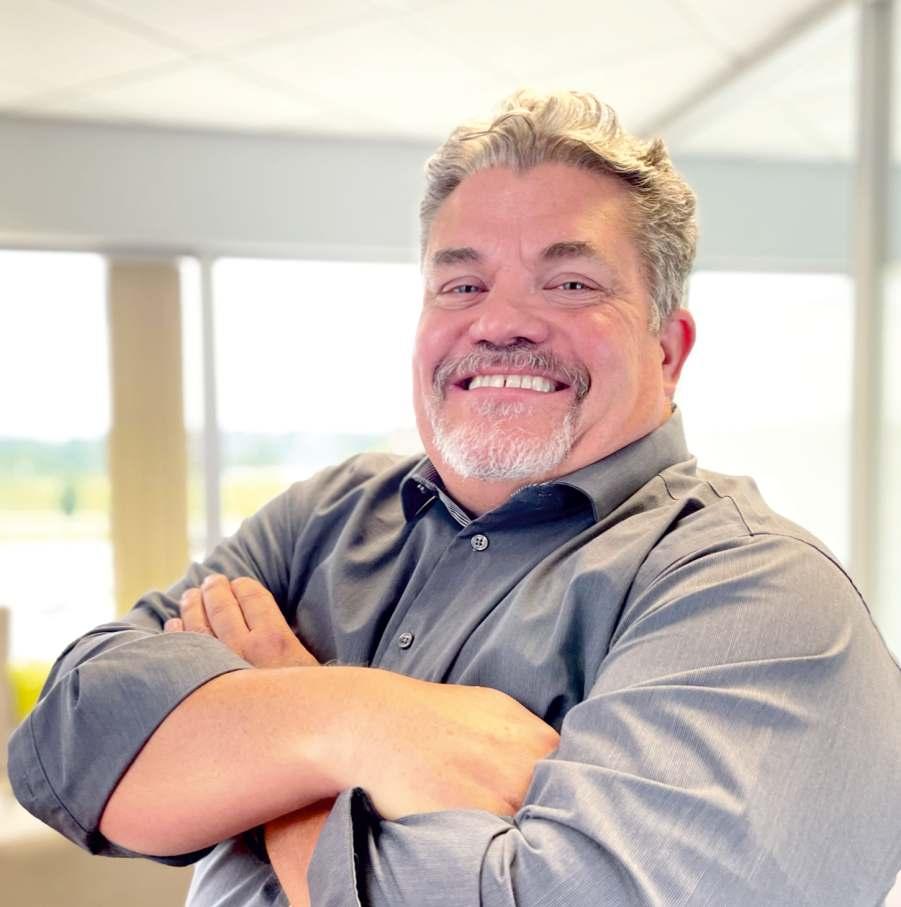




At Fusion, we’re passionate about digital transformation, and committed to leadership at the intersection of digital, data, and technology solutions.
www.ciolook.com | March 2023 | 29
Steve Daly, Vice President of Technology Fusion Alliance, a New Era Technology Company
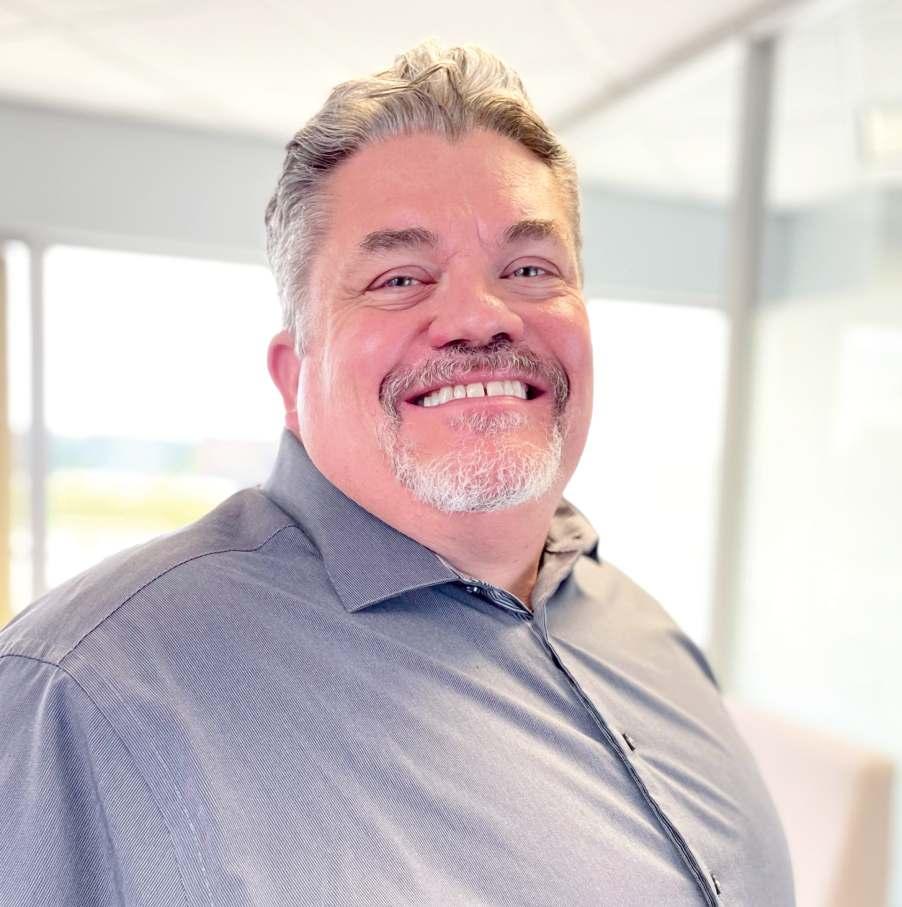
www.ciolook.com |March 2023 | 30
Undeniably, technology is playing a significant role in almost every sector. How are you leveraging technological advancements to achieve resourceful and successful solutions?
Our teams stay connected to the leading edge of technology, but we also look for ways to apply those breakthroughs to the daily business problems our clients face. Applying trends to real-world scenarios democratizes technology and helps companies, even in very traditional industries, stay future-ready.


What do you believe will be the next significant shift in IT, and how is Fusion Alliance preparing to be a part of that change?
We’re entering a shift toward smart automation, implementing AI at every layer of technology. This will revolutionize IT operations. Even now, we’re seeing this with natural language processing in code development, self-healing application architectures, and other exciting developments. I think we’ll see this trend toward the adoption of AI in infrastructure and operations continue.
Where do you see yourself in the future?
I still spend dedicated time each day on research, looking for ways to make connections between what’s
emerging in technology and how it can make the world a better place. I think that will always be part of my work, but I’ve also started thinking about how to pass knowledge on to others. As I look ahead, I see my work developing into more of a mentoring and teaching role, but I never want to lose that problem-solving edge!
To expand upon this question, what are your future goals for Fusion Alliance?

Fusion does a terrific job of helping mid-market and enterprise organizations evolve their digital maturity. Our near-term strategic moves are geared toward expanding our cross-disciplinary approach and offering more comprehensive partnerships—from strategy to design, implementation, and managed services—so that our clients can access our flexibility to enhance their own ability to pivot to meet the market.
What would be your advice to budding entrepreneurs and professionals who aspire to move into the IT sector?
Technology only works when you understand the business. Too many people in the industry get hyped on the technology, but they fail to achieve lasting impact because they overlook or misjudge the business problem they need to solve.
Anyone who wants to succeed in the technology field of the future needs a strong business background. Understanding how markets work, how to interpret data, and what's going on in the economy will help you be more empathetic to your clients and gain a better understanding of the impact of your work. You can sling code all day, but until your client knows you understand their context, you won’t be effective.
These are exciting times in technology, with a lot of possibilities just around the corner. Technology is always cool on its own merits, but when you use it to solve real business problems and make the world a better place, that’s when you really see the impact of your work and find deeper satisfaction in what you do.

www.ciolook.com | March 2023 | 31
Fusion does a terrific job of helping mid-market and enterprise organizations evolve their digital maturity.
Tejas
A Stalwart and an Innovative Tech Leader
Entertainment and technology influence and are influenced by each other. As technology is getting enriched with significant advancements, artists have been stretching the limits of their imagination to amuse in increasingly better and more innovative ways.
Tejas Chopra is a Senior Software Engineer at the worldwide famous entertainment company Netflix . He is an expert in building on-premise and cloud-native distributed systems at scale, software as a service (SaaS), API & micro-services. Tejas is working on cloud and distributive systems that are designed to help artists create content from any part of the world.
Tejas is also an International Keynote Speaker, and he periodically conducts sessions on Blockchain, Cloud Architecture, Software Development, Micro-services, Distributed Systems, etc.
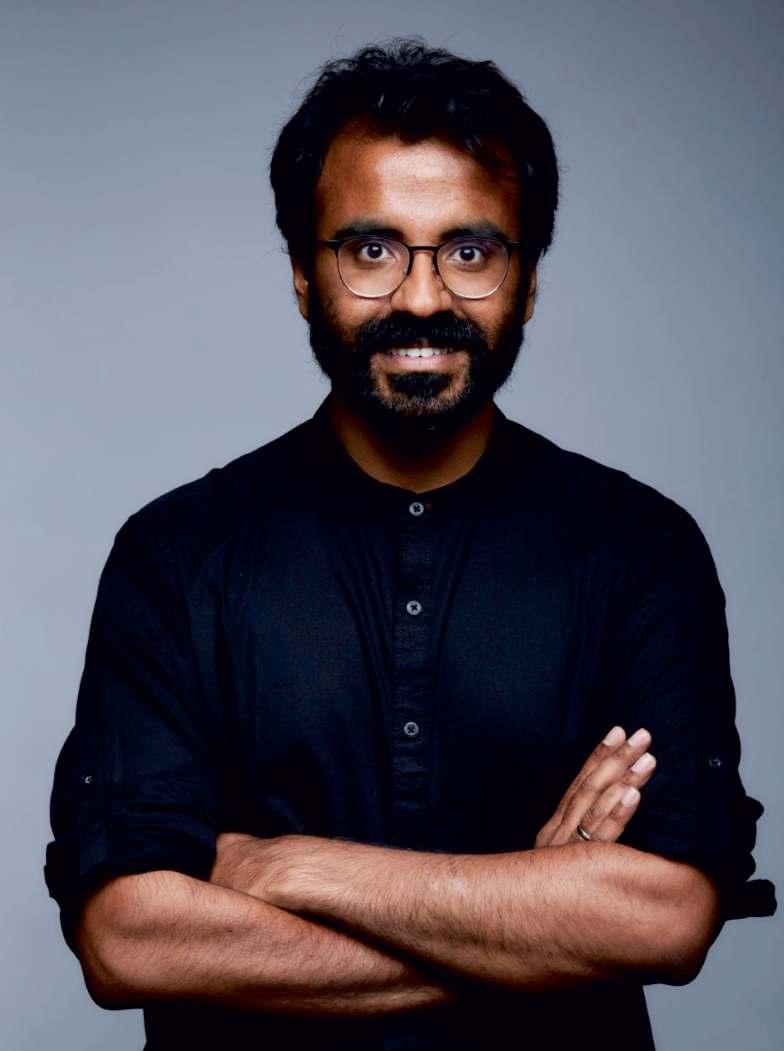
Netflix provides internet entertainment services for watching movies and television shows. The company offers TV shows and movies such as original series, documentaries, and feature films through an internet subscription on TV, computer, and mobile devices.
In an exclusive interview with CIOLook, Tejas shares his journey in the tech industry, the challenges he faced in its dynamic landscape, and the impact that he is making on the entertainment industry by leveraging technology.
Below are the highlights of the interview:
Brief our audience about your journey as a business leader until your current position at your company. What challenges have you had to overcome to reach where you are today?
I started my journey in the US in 2010 when I pursued my Masters in Electrical & Computer Engineering from Carnegie Mellon University, Pittsburgh. As an immigrant and a person of color, it took me some time to adjust to the lifestyle and culture of the east coast. While at CMU, I interned at Apple.
That gave me exposure to Silicon Valley, and I absolutely loved it. This is where my journey as a software engineer focused on distributed systems and storage commenced. Over my career, I have focused on writing software for scalable systems, starting from GNU Debuggers at Cadence, to a novel log-structured file system for Android devices at Samsung, followed by architecting metadata and data stores, and data management primitives at Datrium.
www.ciolook.com |March 2023 | 32
In the entertainment industry, there is a need to build better technological solutions to enable artists to work from any part of the globe on movie assets.
 Tejas Chopra
Senior Software Engineer
Tejas Chopra
Senior Software Engineer
www.ciolook.com | March 2023 | 33
Netflix, Inc.
At Box, Inc. I used my skills to help build an optimized, scalable and performant cloud content management system. At Netflix, I initially focused on building a media-aware cloud file system called Netflix Drive, and currently, I am focused on building transfer and storage solutions for Netflix Studios.
Along with my work, I have also built my brand by participating as a speaker and a panelist at several
conferences. I educate leaders on Cloud Computing, Blockchain, and Engineering Leadership. I also advise companies on leveraging both the Cloud and Blockchain to build futuristic privacy-preserving solutions.
Some of my biggest challenges have been applying my skills to adapt to both the nimbleness of a startup, as well as the scale of a large organization.

www.ciolook.com |March 2023 | 34
As my career progressed, I learned that as technology is radically changing and evolving, there is a need to continuously stay abreast of the latest software and not be too attached to your design or implementation.
Tell us something more about your company and its mission and vision.
Netflix is an entertainment company. We provide our users with content that they value and enjoy and provide joy. Our mission is ‘To entertain the world,’ and our corporate vision is ‘To continue being one of the leading firms of the internet entertainment era.’

Enlighten us on how you have impacted your niche through your expertise in the market.
I have been working on Cloud Storage and Distributed systems for the past decade. I have been able to apply some of the optimizations and performance benefits of local storage to the cloud, thereby helping enterprises with scale and cost savings at petabyte and exabyte scales. My expertise has helped scale backend systems and save millions of dollars in infrastructure costs at Box & Netflix.
Describe in detail the values and the work culture that drives your organization.
My organization is Content Infrastructure Solutions. We are the infrastructure layer for Netflix Studios’ content management. We provide point solutions for building performance and efficient infrastructure that is both cost-effective and turn-key for our partners. We strive to seek the right balance between futuristic initiatives and building non-complex pluggable architectural solutions for our partners.
Undeniably, technology is playing a significant role in almost every sector. How are you leveraging technological advancements to make your solutions resourceful?
We strongly leverage some of the cloud primitives exposed by AWS, such as S3, EC2, Kafka, etc., to build our infrastructure. We consciously evaluate our build v/s buy decision process and converge on what provides maximum value to the business and keeps us focused on our vision.
What change would you like to bring to your industry if given a chance?
I would like to explore how machine learning and AI can help with the infrastructure instead of just on the application layer. There is a lot of potential for exploring efficiency initiatives using these technologies. In the entertainment industry in general, there is a need to build better technological solutions to enable artists to work from any part of the globe on movie assets.

What, according to you, could be the next significant change in your sector? How is your company preparing to be a part of that change?
Some of the partners and vendors in the movie-making industry have been using the same tools and techniques for the past few decades and have not completely embraced the power of the cloud. Netflix is pioneering the idea of a Studio in the Cloud where artists can work from any part of the world to make delightful content. I believe this is the future of movie-making.
Where do you envision yourself to be in the long run, and what are your future goals for your company?
As a Sr. Engineer at Netflix, I would be working on cutting-edge technology to make movie making as advanced as movie streaming. Netflix is a leader in the streaming segment, and some of our learnings can apply to movie-making as well, and we have a lot of potential to scale and optimize, which is where I can see myself providing value.
What would be your advice to budding entrepreneurs who aspire to venture into your sector?
Keeping an open mind to technological innovations in all sectors and exploring ways to apply them to the cloud and distributed systems. Learning about your customer and the tools and techniques they use will provide you with a lot of insight and will help you design and architect better solutions. And finally, rolling up your sleeves and working on multiple layers of the software stack is a very beneficial and fulfilling skill to possess.
www.ciolook.com | March 2023 | 35

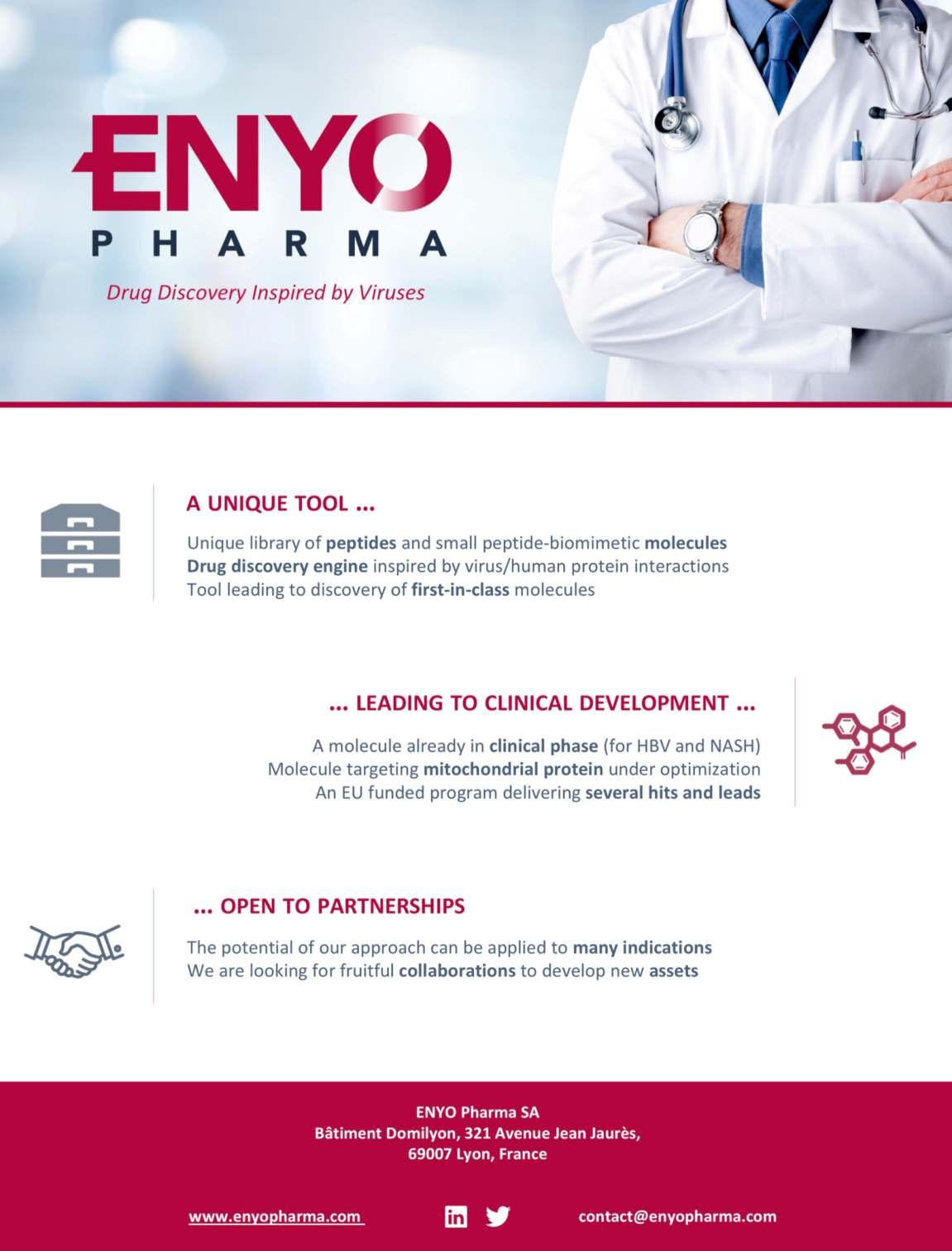




www.ciolook.com

 James Kent CEO & Co-founder Black Rainbow
James Kent CEO & Co-founder Black Rainbow


 Dr.
Dr.



































 Dr. Henry Balani
Global Head
Industry & Regulatory Affairs
Dr. Henry Balani
Global Head
Industry & Regulatory Affairs









 Shyamala Prayaga
Shyamala Prayaga

















